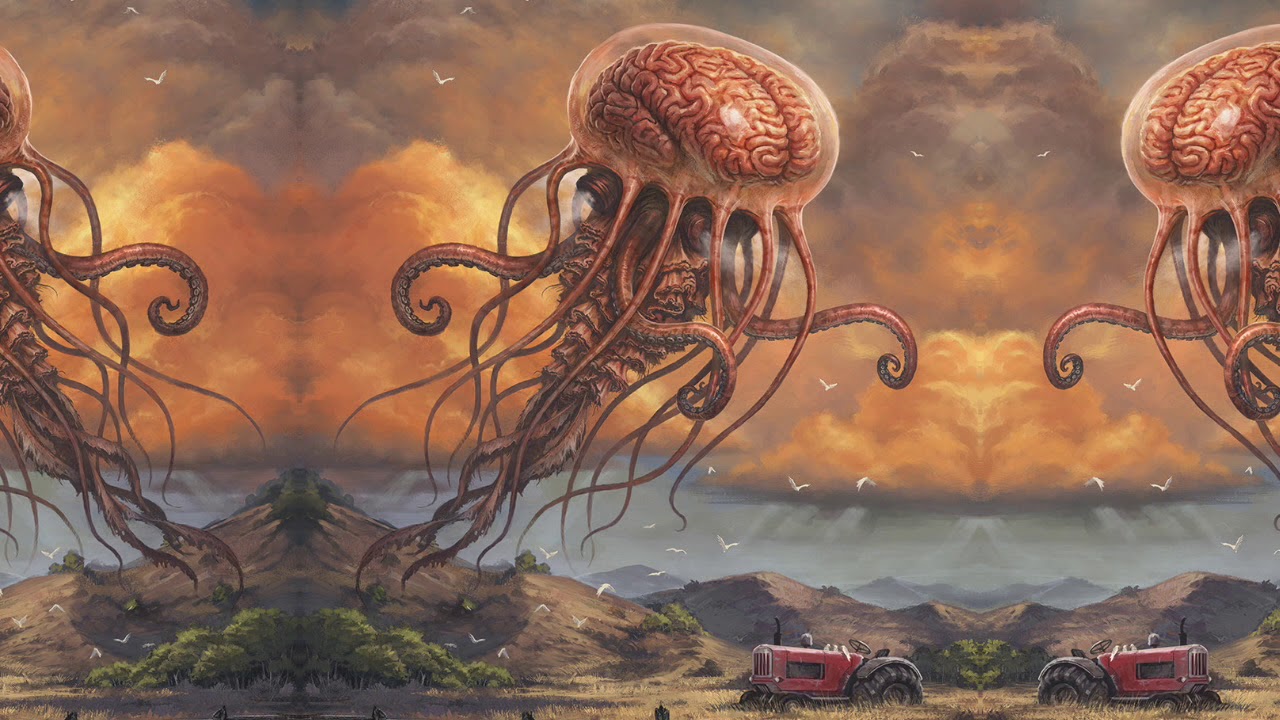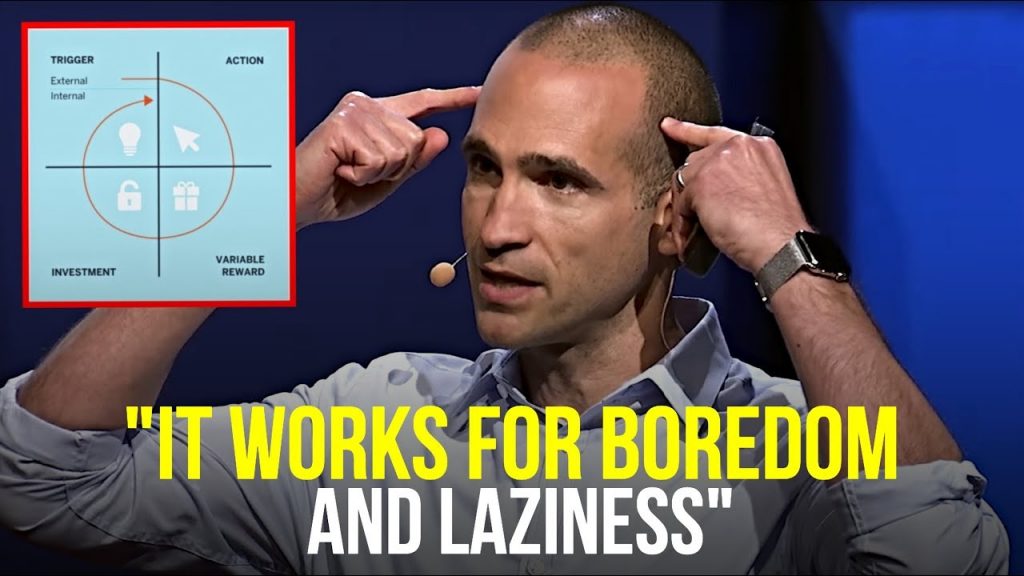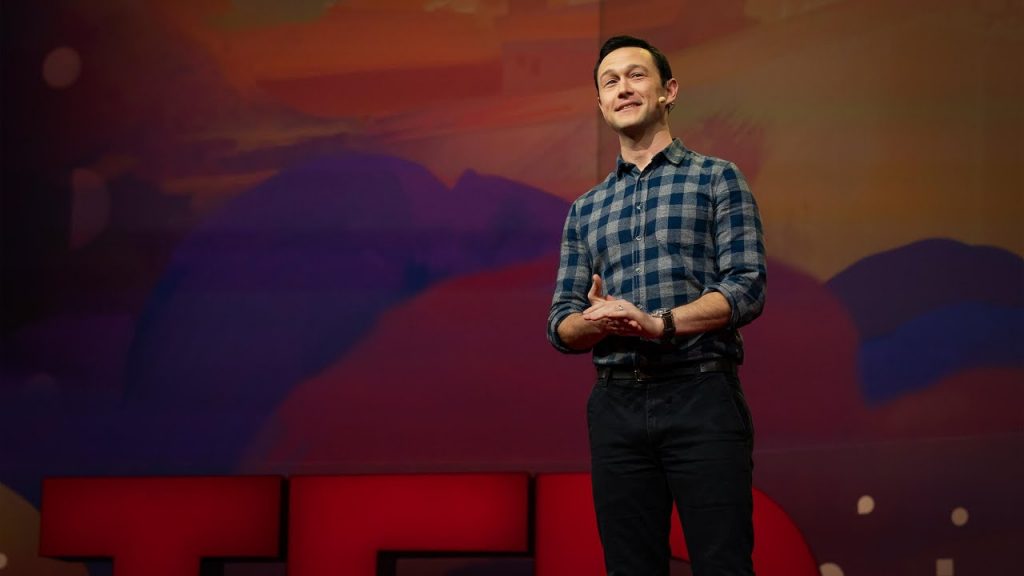We’re Inside A Larger Organism

We’re Inside It
“How is it that each of our lives is a work of art of unbelievable chance encounters, coincidences and wishes projected onto the world but never spoken and strangely fulfilled in the oddest ways?”
The Gaia theory suggests that living organisms, including humans, are connected to the planet’s environment.
The Gaia theory proposes the idea that our planet is a complex self-regulating organism, where living organisms, together with inorganic elements, interact to maintain a stable and balanced environment. And just as cells make up an organism, we, as living beings, are cells of the larger entity that we call Earth.
The concept of Gaia theory dates back to the 1970s, when British scientist James Lovelock suggested that Earth functions as an organism. It was then developed further by Lovelock and Lynn Margulis, who proposed that the Earth has a regulating system that acts on a global level to maintain the conditions necessary for life to thrive.
The theory suggests that living organisms, including humans, are not separate from the Earth’s environment, but rather, we are an integral part of it. Our actions have an impact on the dynamic balance of the environment, and our well-being is connected to the well-being of the planet.
The significance of the Gaia theory lies in its potential to shape our understanding of the relationship between humans and nature. The theory suggests that we cannot continue to exploit natural resources without consequences for the environment and ourselves.
The COVID-19 pandemic gave us a glimpse of what it would be like if we did not respect the natural balance of the planet. The pandemic, which is believed to have originated from the illegal trade of wild animals, has spread worldwide and caused massive destruction in various forms. The impacts of the pandemic on humans, the economy, and the environment continue to be felt.
The Gaia theory provides a framework for us to reassess our relationship with nature. We need to recognize that we are a part of a larger organism and that our actions affect this organism’s health and sustainability. This recognition requires us to approach nature with respect, compassion, and a willingness to learn and adapt.
In conclusion, the Gaia theory presents a unique way of understanding the interconnectedness between living organisms and the environment. It highlights the significance of recognizing the planet as a living entity and living in harmony with it. As we face an increasingly unstable and unpredictable world, the Gaia theory provides a framework for us to re-center our relationship with the planet and prioritize its health and sustainability. Ultimately, the future of our planet and humankind depends on our ability to recognize and embrace our place as citizens of the living organism that is Earth.









15 Reasons Why Highly Intelligent People Struggle With Love
Nikola Tesla Was Doing It Before Sleep! TRY IT TONIGHT!
Crossfit Athletes Attempt the US Navy Physical Readiness Test
Yoga To Shift Perspective | 20 Minute Yoga Flow
Jamie Oliver’s principles for superb salads